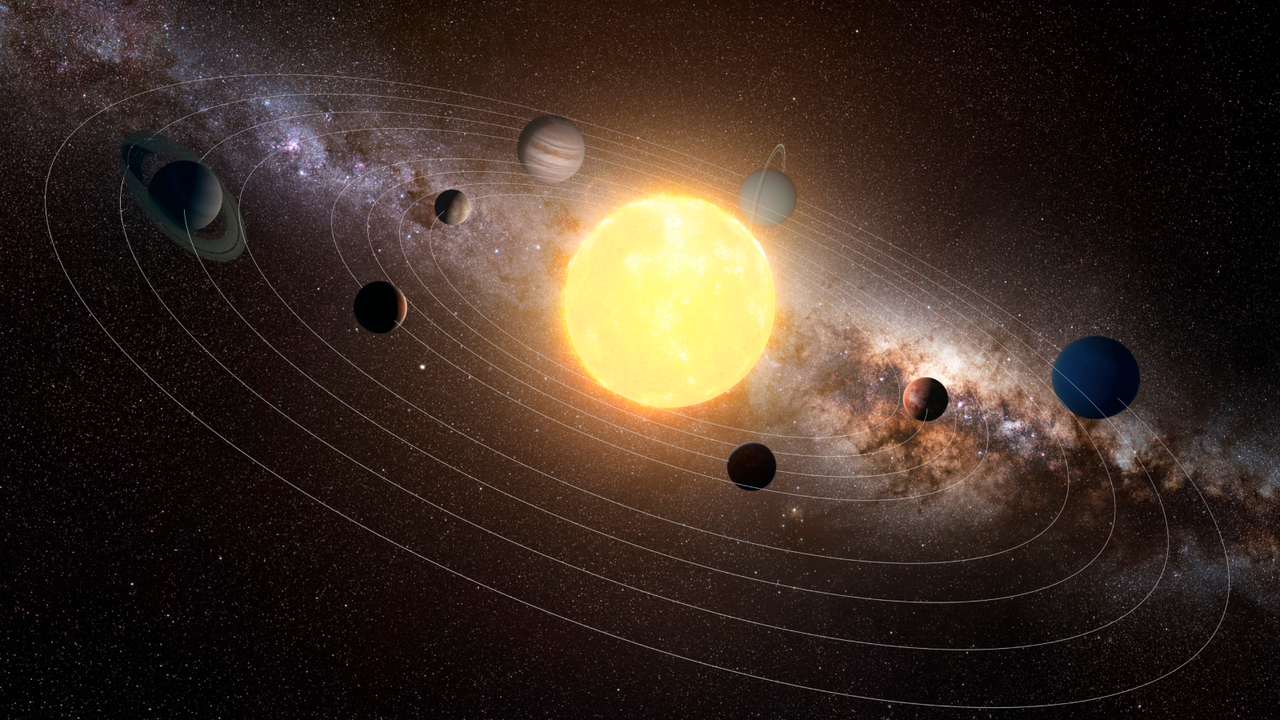Earth, Mars, Venus — and a long-lost planet — may have once 'waltzed' in perfect harmony around the sun

From the unique adaptations of aye-ayes to human dental evolution and hidden Greenland lake bursts, nature reveals its wonders and surprises, showcasing both biological marvels and dramatic environmental events.

All major sources, one page
Feel the mood behind headlines
Know what’s trending, globally
Get summaries. Save time
Switch languages to read your way
Your stories, stored for later
6,741
122
191
3 hours ago
Stay sharp in 60 seconds. Get concise summaries of today’s biggest stories — markets, tech, sports, and more
All major sources, one page
Feel the mood behind headlines
Know what’s trending, globally
Get summaries. Save time
Switch languages to read your way
Your stories, stored for later
6,741
122
191
3 hours ago
Stay sharp in 60 seconds. Get concise summaries of today’s biggest stories — markets, tech, sports, and more